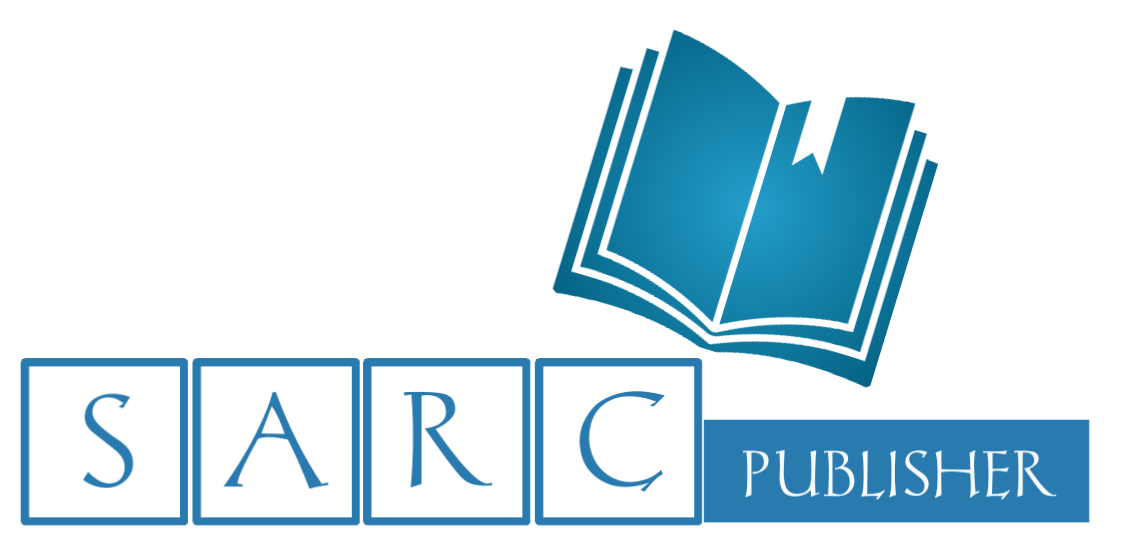Sarcouncil Journal of Internal Medicine and Public Health

Sarcouncil Journal of Internal Medicine and Public Health
An Open access peer reviewed international Journal
Publication Frequency- Bi-Monthly
Publisher Name-SARC Publisher
ISSN Online- 2945-3674
Country of origin-PHILIPPINES
Impact Factor- 3.7
Language- Multilingual
Keywords
- Primary Health Care; Sexual Health; General Medicine; Oral Health; Health Informatics; Family Practice; Mental Health; Health Education; Emergency Care; District Health Care; Rural Health Care; Health Promotion etc.
Editors

Dr Hazim Abdul-Rahman
Associate Editor
Sarcouncil Journal of Applied Sciences

Entessar Al Jbawi
Associate Editor
Sarcouncil Journal of Multidisciplinary

Rishabh Rajesh Shanbhag
Associate Editor
Sarcouncil Journal of Engineering and Computer Sciences

Dr Md. Rezowan ur Rahman
Associate Editor
Sarcouncil Journal of Biomedical Sciences

Dr Ifeoma Christy
Associate Editor
Sarcouncil Journal of Entrepreneurship And Business Management
A Cross-Sectional Study of 95 Patients to Investigate Systemic Blood Pressure Fluctuations after Aortic Surgeries Involving CANG, AVR, Bental, COA, and COA
Keywords: Blood Pressure, Cardiac Outcomes, Univentricular, Revascularization, Heart failure Oxygen, Systolic blood pressure, Resting diastolic blood pressure, Recovery
Abstract: The objective of this study was to assess the variability of blood pressure and its impact on cardiac outcomes in Iraqi hospitals during aortic surgery. The cross-sectional study comprised a total of 95 patients, where the collection of demographic and clinical data was achieved through a meticulous review of medical records and the conduction of standardised patient interviews. The study has expanded its scope to encompass a more extensive sample of patients, with an average age of 57 years, thereby extending the boundaries of the assessment to a more diverse range of benefits. The cardiac impact indicators of the notable clinical outcomes are as follows: severe aortic stenosis/aortic insufficiency (6.25%); moderate aortic stenosis (25%); moderate aortic regurgitation (18.75%); bicuspid aortic valve (12.5%); aortic valve replacement (50%); aortic aneurysm (12.5%); aortic dilatation (18.75%). The study found a mean ejection fraction of 55% and a left ventricular mass of 200 grams, indicating moderately impaired left ventricular function with a likelihood of heart failure or cardiac dysfunction. The parameters obtained by echocardiography are fundamental to the assessment of cardiac function. The results of the cardiopulmonary stress test are as follows: The mean value, with a standard deviation, is as follows: Peak oxygen consumption (ml/kg/min): The mean peak heart rate (beats per minute) was found to be 145 ± 10 beats per minute, which corresponds to 85% of the maximum heart rate. Blood pressure readings: Average (Standard Deviation) Resting systolic blood pressure (mmHg) 120 (10) Resting diastolic blood pressure (mmHg) 80 (5) Peak systolic blood pressure (mmHg) 150 (15) Peak systolic blood pressure (mmHg) 90 (10). Revascularization results: Post-traumatic ischemia, Percentage, Successful revascularization 25 (90%), Complications 3 (10%), Table 10: Pearson correlation coefficients, requirements variable, Pearson pair, Resting systolic blood pressure, and Age -0.25, Peak systolic blood pressure Follow-up +0.20, Table 11. Logistic Regression to Risk Factor Assess. Variable, Odds Ratio, 95% Confidence Interval, P-Value Age 1.05 1.02-1.08 < 0.01; Smoker 2.00 1.20-3.30 0.01; Comorbidities 1.50 1.10-2.10 0.02. The research describes the change in blood pressure, patient demographics, and surgical outcomes in aortic surgery, calling for more extensive studies to optimize the techniques, increase patient understanding of the risk factors, and personalize recovery pathways.
Author
- Dr. Yasir Qays Majeed
- M.B.Ch.B. F.I.C.M.S. \ (Cardiovascular and Thoracic Surgery) Iraqi Ministry of Health Karbala Health Institute Al-Hussein Teaching Medical City Karbala Heart Center Cardiac Surgical Department Karbala Iraq
- Dr. Hassanain Mohammed Ibraheem
- M.B.Ch.B. F.I.C.M.S. \ (Cardiovascular and Thoracic Surgery) Iraqi Ministry of Health Karbala Medical Office Karbala Heart Center Cardiac Surgical Department Karbala Iraq
- Dr. Ahmed Jawad Kadhim
- M.B.Ch.B. F.I.B.M.S.-CTV FACS MD Iraqi Ministry of Higher Education and Scientific Research AlAmeed University- College of Medicine Department of Surgery Karbala Iraq

